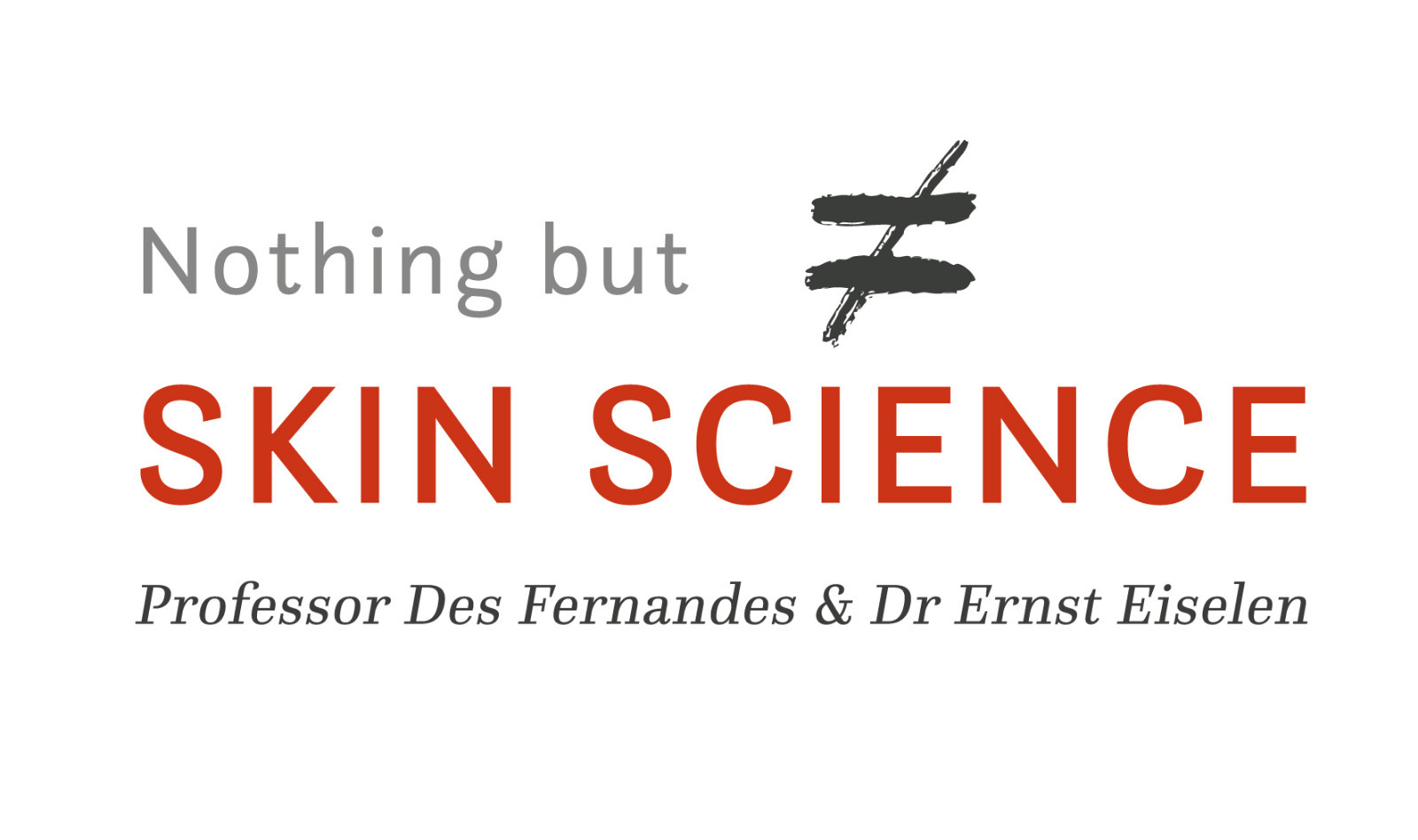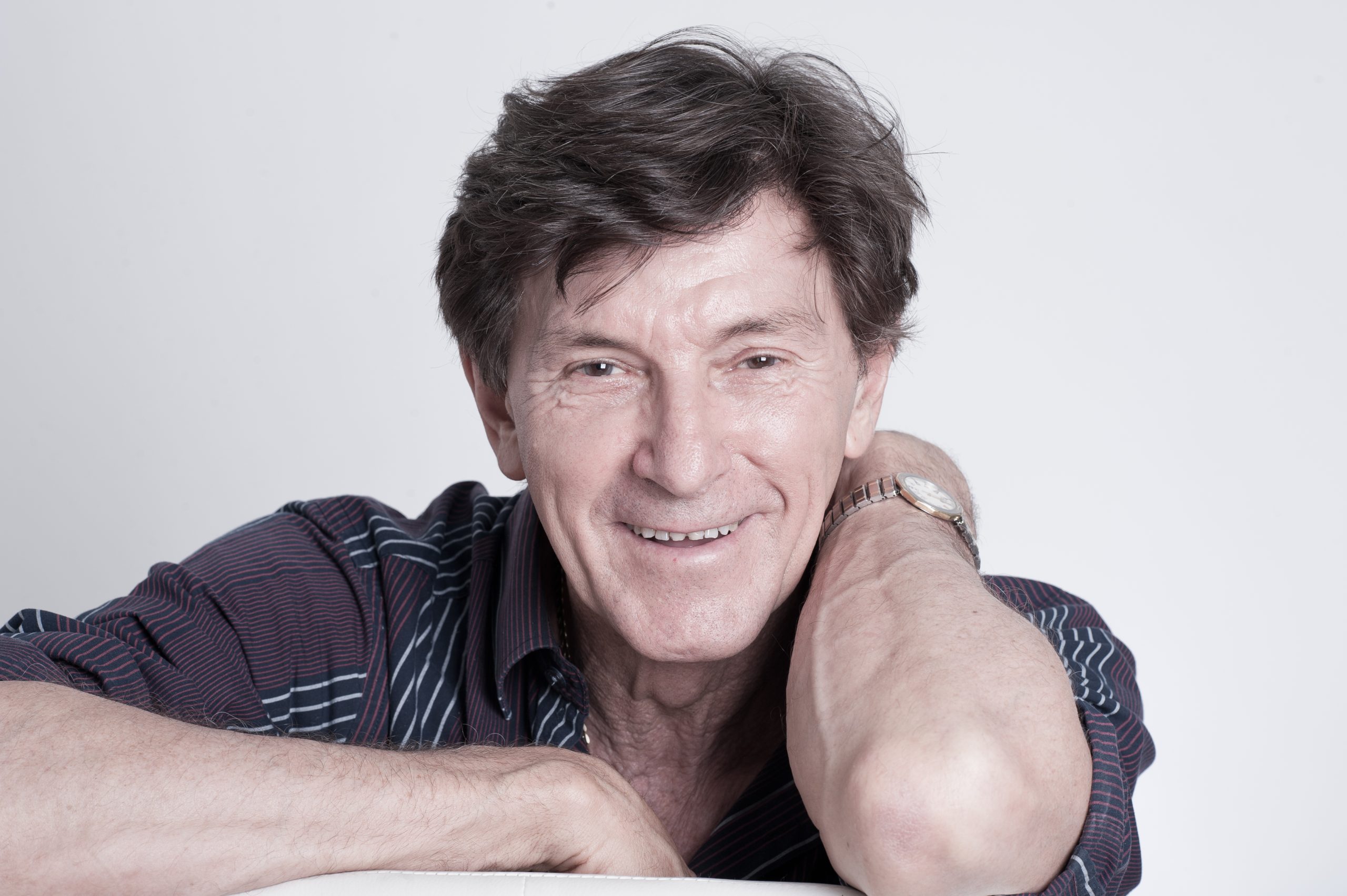by Professor Des Fernandes.
I feel very sorry for the people who are anxious enough to rely on apps to find safe ingredients for skin care. One needs to be chemically trained to put these details into perspective. The fact is that we do not know of many ingredients that do not have a toxic dose level. For example, we need oxygen in our air at about 20% and it’s what keeps us alive… but it’s going to be a prominent part of the cause of our death. Just recently I saw a report on a premature baby that was accidentally left in high oxygen for too long and became blind.
When it comes to studies on preservatives, the most intensely studied are the parabens and in three trials the FDA of USA has shown them to be the safest preservatives that we have, which is why some medicines are preserved with parabens. But parabens are regarded as dangerous by these apps that people may use. Only the opinion of the general public seems to matter and no scientific evidence can sway them. It may be easier for ordinary people to access the thoughts of other ordinary people rather than to read scientific data and opinion.
Phenoxyethanol has been in use for quite a long time and at the doses used in cosmetics are not considered to be dangerous. In the case of France banning the use of phenoxyethanol in leave-on products on baby’s bums, was probably to avoid the rare possibility of a contact allergy. If that allergy did occur, then the remedy would be to stop using the cream and use a bland cream . There would be no sequelae or consequence.
The other fears about phenoxyethanol are based on assumptions and no scientific evidence at all. To be honest, I am not a great fan of phenoxyethanol, but in the absence of safe parabens, we have very few other chemicals that we can consider for preservatives in cosmetics. Eventually, fears will be raised about all of them, because every chemical in the wrong dose, has side effects and in chemistry research we have to find out what those doses are.
And that takes me on to ethylhexylmethoxycinnamate. A research worker in Switzerland worked on mice and fed them ethylhexylmethoxycinnamate and found that there was disruption of female hormone metabolism and the molecule mimicked oestrogen. She raised the alarm, and Denmark immediately banned the sales of all sunscreens because the government thought they were promoting breast cancer, and that was quite a fuss which eventually blew away. The research worker was severely criticised and her paper withdrawn. Dose, again, was the culprit and the determining factor. She failed to say that an average woman would have to eat a roomful of ethylhexylmethoxycinnamate in order to disrupt the oestrogen metabolism. Clearly that is never going to happen, but millions of women around the world with fears of breast cancer were needlessly stressed. Think about that! I had one patient whose sister sunbathed a lot and got a breast cancer and she died regretting using sunscreen. She ended up blaming her sunscreen for a cancer that was unfortunately DNA based. Association is not causation but for the people who want to stress the uninformed general public, they find association is causation. And most people believe them. If it serves some purpose then people will say these things without bothering about the truth in their statements.
Another example of association versus causation is with parabens. Underarm deodorants were blamed for the fact that breast cancer was found more in the upper lateral quadrant of the breast than in other places; it’s clear – you rub the deodorant into the arm-pit and then the parabens get absorbed and affect the local tissue and result in cancer in the upper outer quadrant of the breasts. Simple, isn’t it? Except parabens are not the preservative of choice for underarm products. Studies showed that parabens collected in the breast tissue. Of course we eat far more parabens than we get exposed to in cosmetics because parabens are found in many foods e.g. strawberries etc. However, medical records from the mid 1850’s confirmed that the upper-lateral quadrant of the breast was the most common site for breast cancer, long before commercial deodorants. Association is totally blown away as a causant.
In the app there are so many ingredients that are listed as safe. I would love to know what a safe ingredient is in their view. Chemists know, the poison is in the dose or anything can be safe and anything can be dangerous depending on the dose you take. If you have a chemical that is safely used at a low dose, you will find that at larger doses it becomes toxic. Even the well-known poison strychnine is safe at low doses and was used many years ago in tonics for health, but unfortunately the safe dose is very close to the toxic dose. Usually the people that I feel are trying to stress us with ungrounded fears, are not scientists, and work on opinions and extrapolations. The internet and easy access to all kinds of misinformation seems to have increased the level of fear rather than reassuring us that we are living at the safest time it has ever been for humankind
Finally I want to stand up for my ethics and the Hippocratic oath I swore to abide by : “First do no harm”. We do intensive research into ingredients far more, I am sure, than the writers of the apps who seem to focus very narrowly and seem totally unaware of Paracelsus’s work saying “the poison is in the dose”. In fact all the cosmetic chemists I have come across are complaining that their formulations must be made according to the pubic whim and not by scientifically based research. “Cancel Culture” unfortunately dominates the cosmetic scene. Perfectly good ingredients are ‘cancelled’ because of ill-informed opinion, and some undesirable or effective ingredients are welcomed because of trends and fashion, ignoring science and research.

